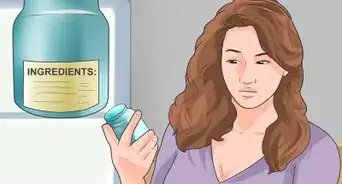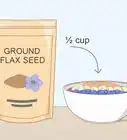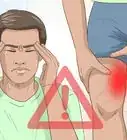This article was co-authored by Bess Ruff, MA. Bess Ruff is a Geography PhD student at Florida State University. She received her MA in Environmental Science and Management from the University of California, Santa Barbara in 2016. She has conducted survey work for marine spatial planning projects in the Caribbean and provided research support as a graduate fellow for the Sustainable Fisheries Group.
This article has been viewed 42,822 times.
Hormones are chemicals released in the body at certain times to regulate specific biological processes. There are two types of hormones: protein hormones and steroid hormones. Protein hormones are derived from amino acids while steroid hormones are made of cholesterol (a type of fat). While both types work in slightly different ways, all hormones function to activate a cell by triggering special actions such as signaling cascades or protein synthesis.[1]
Steps
Learning the Basics of Hormones
-
1Define protein hormones. Protein hormones are a type of chemical compound in the body that regulate metabolism and cell function. They are derived from amino acids (the building blocks of proteins) and facilitate signaling between cells of the endocrine system and various other cells of the body.[2]
- Hormones regulate a number of biological processes such as muscle growth, heart rate, hunger, and menstrual cycles.[3]
- Proteins are a class of biochemical compounds found in the body of all living systems.
-
2Memorize the major endocrine glands. The endocrine glands are the parts of the body that secrete hormones. These glands are all over the body and each one secretes a specific set of hormones that perform a special function. The following is a list of the endocrine glands in the human body and their function:[4]
- Hypothalamus (regulates vital functions like hunger, thirst, and body temperature)
- Pituitary (releases growth and reproduction hormones)
- Pineal (produces melatonin)
- Parathyroid (controls calcium levels in the blood)
- Thyroid (controls how the body produces energy from nutrients)
- Thymus (develops T-cells important to the immune system)
- Adrenal (responds to stress and secretes hormones)
- Pancreas (secretes enzymes and insulin)
- Ovaries (females) or testes (males) [production of sperm in males and eggs in females]
Advertisement -
3Learn the differences in how far a hormone can signal. There are two types of hormones: those that can signal far away throughout the body, and those that only act locally on cells directly next to them. The far-acting hormones are endocrine and neurosecretory signals. The hormones that act locally are called autocrine, paracrine, and synaptic signals.[5]
- Hormones capable of signaling far away cells travel through the bloodstream.
- Autocrine means that the signal acts directly on itself (a cell releases a signal to itself).
- Paracrine means it acts on nearby cells by synthesizing proteins and diffusing them short distances.
Understanding How Protein Hormones Function
-
1Understand the general function of hormones. The basic function of a hormone is to bind to a receptor that will trigger some type of change within a cell. This change can be to activate other proteins or influence gene expression and lead to protein synthesis. Hormonal effects can be rapid or produce long-term effects.[6]
- Hormones are diverse and have very specific targets. Hormones will only bind to the special receptor that is specific to them. Think of it like a lock and a key. Each hormone is a key and the receptor is the lock.
-
2Know the chemical structure types of hormones. There are two general types of hormone structures: steroid hormones and protein hormones. Steroid hormones are made from cholesterol and are fat-soluble, meaning they can pass through the plasma membrane of a cell without assistance. Because they are made of cholesterols they are not proteins. Protein hormones are made of amino acids (the building blocks of proteins), are water-soluble, and are not capable of passing through the plasma membrane.[7]
- Amino acid hormones can be further divided into two types: short molecules and long-chain polypeptides. Polypeptides help regulate metabolism and growth, while short molecules activate enzymes. Both types act by binding to receptors on the surface of a cell that trigger a cascade within the cell for a certain function.
- Steroid hormones act from within the cell by binding to receptors inside of the cell and triggering protein synthesis.
- Protein hormones are also synthesized in the cells of the endocrine system by completely different metabolic pathways than the steroidal hormones' metabolism.
- Proteins in general are synthesized in the body using well known biochemical processes that are called translation of proteins. This process of translation is common to all types of proteins regardless of their chemical structure and their predestined function in the body.
-
3Learn the role of the pituitary gland. The main protein hormones in the body are synthesized and secreted into the blood circulation from the pituitary gland at the base of the brain. All the hormones of this gland are polypeptides that have variable length of amino acids chains. This length of the amino acid chains can vary from ten amino acids to more than one hundred. The pituitary gland is so important because the hormones secreted regulate many biological processes within the body (metabolism, growth, reproduction, blood pressure, and sexual maturation).[8]
- Examples of short chain hormones are vasopressin and oxytocin. These two hormones each possess a chain of nine amino acids. The sequence differs allowing them to be completely different proteins.
- An example of a large protein hormone is the hormone insulin. This hormone has a sequence of amino acids that is of hundreds of amino acids.
-
4Recognize the importance of water-solubility. Because protein hormones are water-soluble, they can easily travel through the bloodstream which is water-based. For the hormones that are secreted and then act on cells far away from their original source, this is particularly important. Once they are secreted, they can travel directly through the bloodstream to get to the cells they need to act on elsewhere in the body.[9]
- Steroidal hormones are also capable of traveling through the bloodstream, but they need to be attached to carrier proteins that are water soluble in order to do this. When they get to their destination, they are released from the protein carrier and then travel through the plasma membrane into the cell.
-
5Memorize the specific functions for each hormone. While the general function of a hormone is to trigger an event within a cell, each individual hormone will trigger something specific within the cell. There are many protein hormones, but the following is a list of a few and their associated functions:
- Enkephalins: found in the thalamus; help moderate pain within the body by suppressing pain signals in the brain.[10]
- Insulin: produced by the pancreas; allows your body to use glucose for energy and store it for later use.[11]
- Thyroid hormones: important for the proper development of brain, skeleton, and organs.[12]
Using Tricks to Study the Hormones
-
1Recognize that most amino acid derived hormones end in “-ine”. A quick way to identify if a hormone is a protein hormone is to see if it ends in “-ine”. Epinephrine, norepinephrine, and thyroxine are all amino acid derived hormones.
- As always, there are exceptions: melatonin does not end in “-ine,” but it is derived from the amino acid tryptophan.
-
2Use the mnemonic FLAT PEG to memorize the hormones of the pituitary gland. If you need to memorize the specific hormones secreted by a certain gland, an easy way to do this is with a mnemonic. Mnemonics are memory tricks that make it easier to remember a lot of information. To memorize the hormones that are secreted by the pituitary gland, use the phrase FLAT PEG:[13]
- F: FSH – follicle stimulating hormone; stimulates ovary follicles to mature or testes to produce sperm
- L: LH – luteinizing hormone; LH surge triggers ovulation or stimulates testosterone production in the testes
- A: ACTH – adrenocorticotropic hormone; stimulates the adrenal cortex to release glucocorticoids and mineralocorticoids.
- T: TSH – thyroid stimulating hormone; triggers the thyroid to release thyroid hormones
- P: PRL – prolactin; triggers the breasts to produce milk
- E: endorphins
- G: GH – growth hormone; triggers growth of muscle and bone, and burns fat
-
3Make flashcards for each hormone. The easiest way to study the function of individual hormones is to make flashcards for them. Write the hormone on one side and write its function on the other side. You can flip through the cards until you have them all memorized.
- Flashcards are a great way to study because they are easily transportable and you can study a few at a time.
- Take them out when you are waiting around or riding the bus/train to school to get in a short study session.
References
- ↑ http://e.hormone.tulane.edu/learning/types-of-hormones.html
- ↑ http://mcat-review.org/nervous-endocrine-systems.php
- ↑ http://e.hormone.tulane.edu/learning/types-of-hormones.html
- ↑ http://mcat-review.org/nervous-endocrine-systems.php
- ↑ http://e.hormone.tulane.edu/learning/types-of-hormones.html
- ↑ http://e.hormone.tulane.edu/learning/types-of-hormones.html
- ↑ http://e.hormone.tulane.edu/learning/types-of-hormones.html
- ↑ http://www.pituitary.org.uk/information/what-is-the-pituitary-gland/
- ↑ http://e.hormone.tulane.edu/learning/types-of-hormones.html


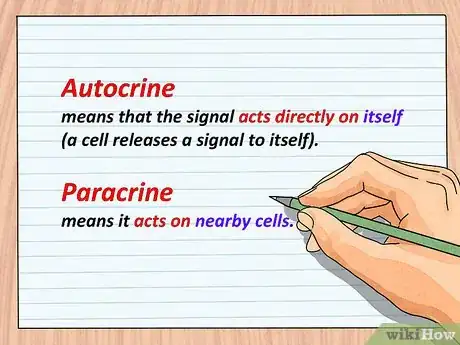
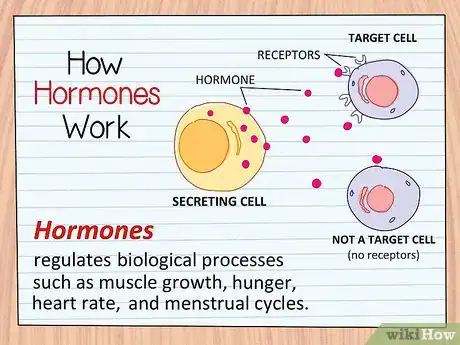
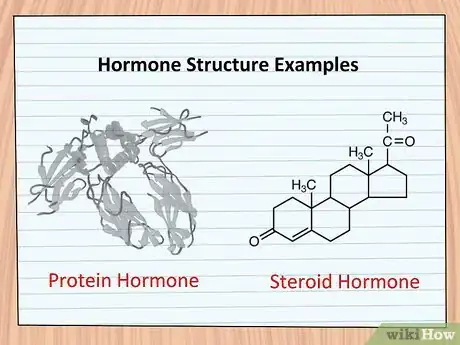
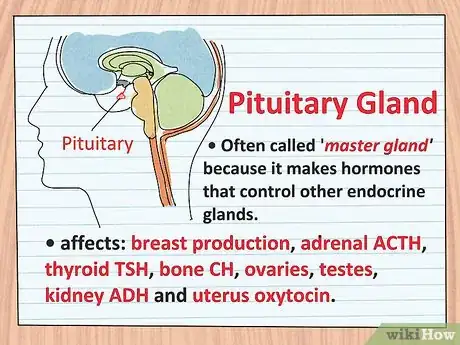
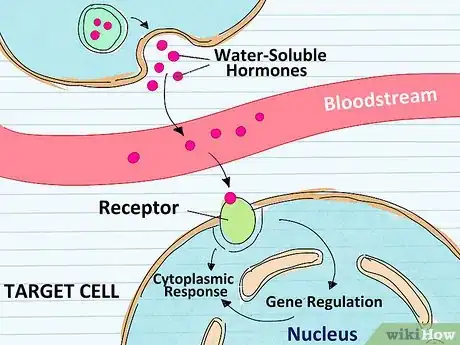

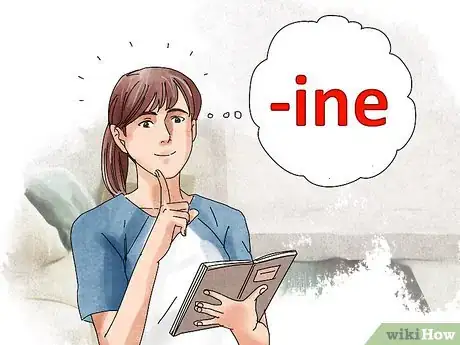

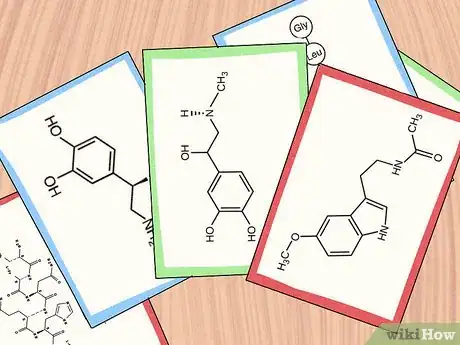
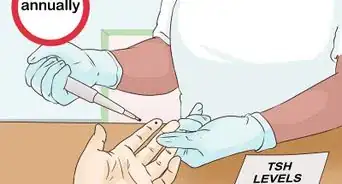

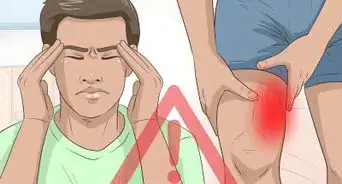


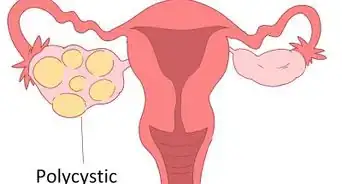





-Step-12-Version-2.webp)

